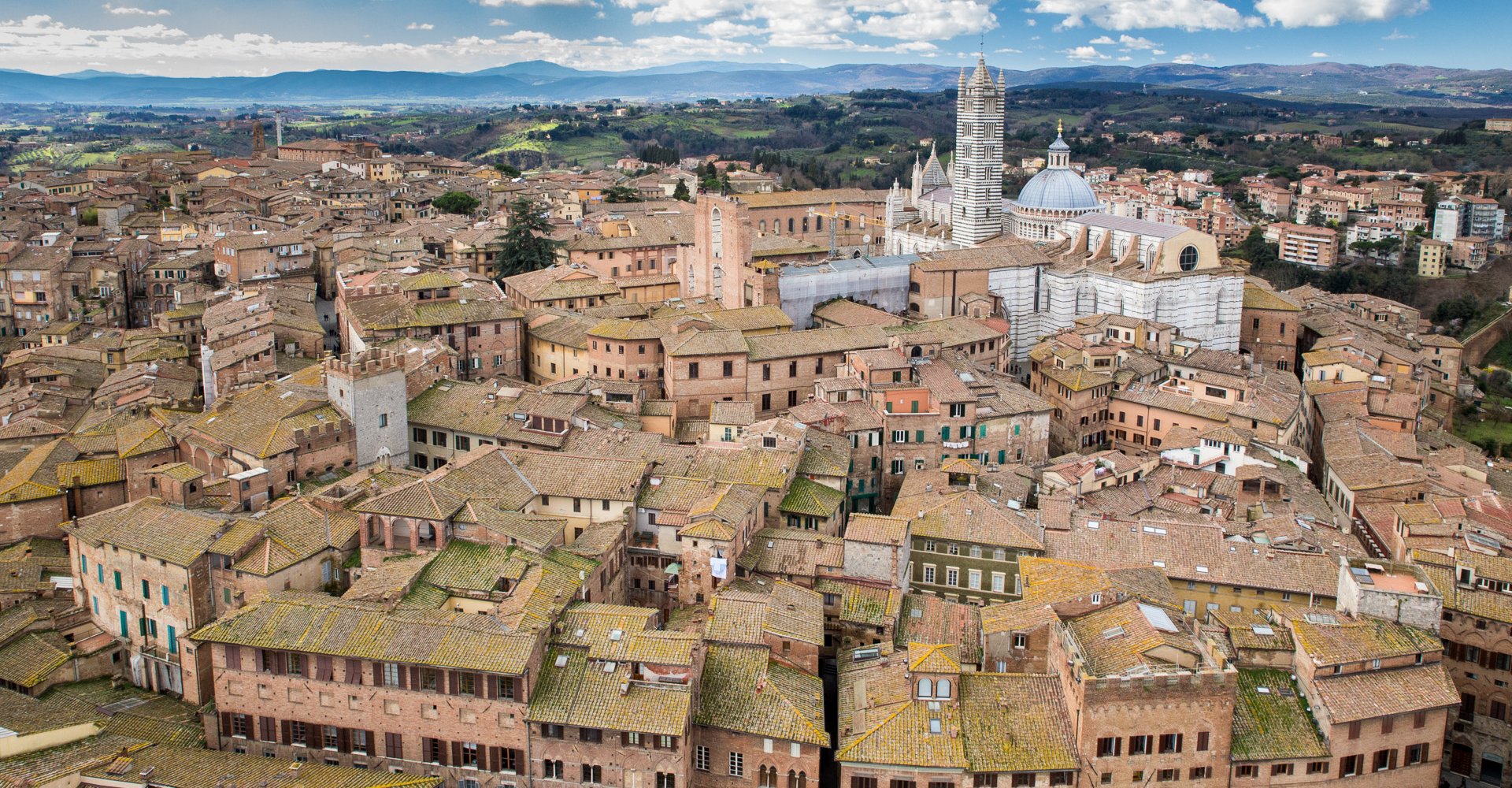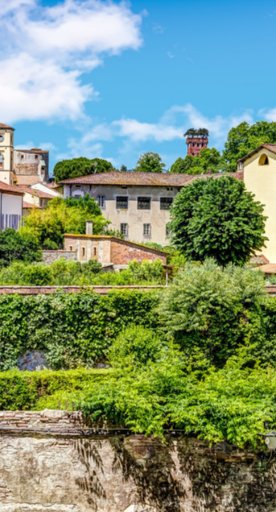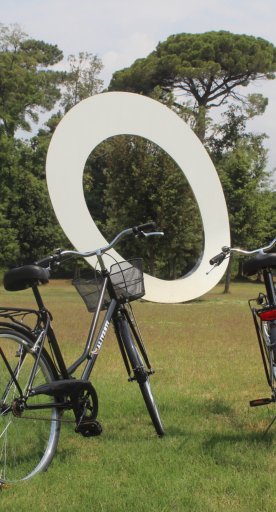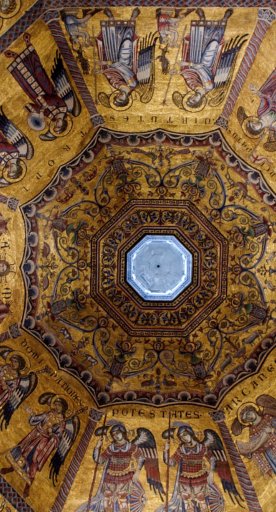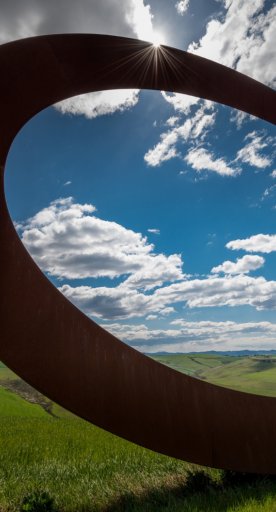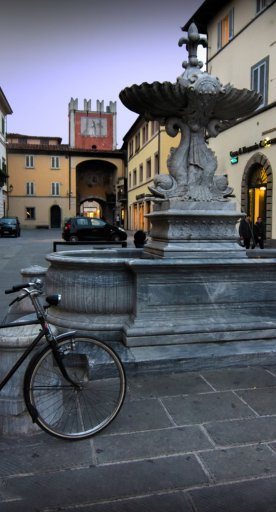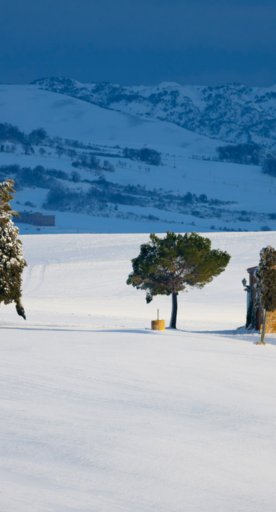The four UNESCO sites on Tuscany's Via Francigena
An ancient road that passes through historic places cloaked in a special charm: these are the World Heritage sites
In its 380 kilometers in Tuscany, the Via Francigena offers the splendor of unspoiled natural landscapes, cultivated fields, historic villages and towns with timeless charm.
In addition, four UNESCO World Heritage sites are encountered throughout the itinerary, declared World Heritage Sites for their incalculable value, now historical, some other time artistic.
-
1.The legacy of the Medici
-
2.The medieval towns
-
3.The cultural landscape
The legacy of the Medici
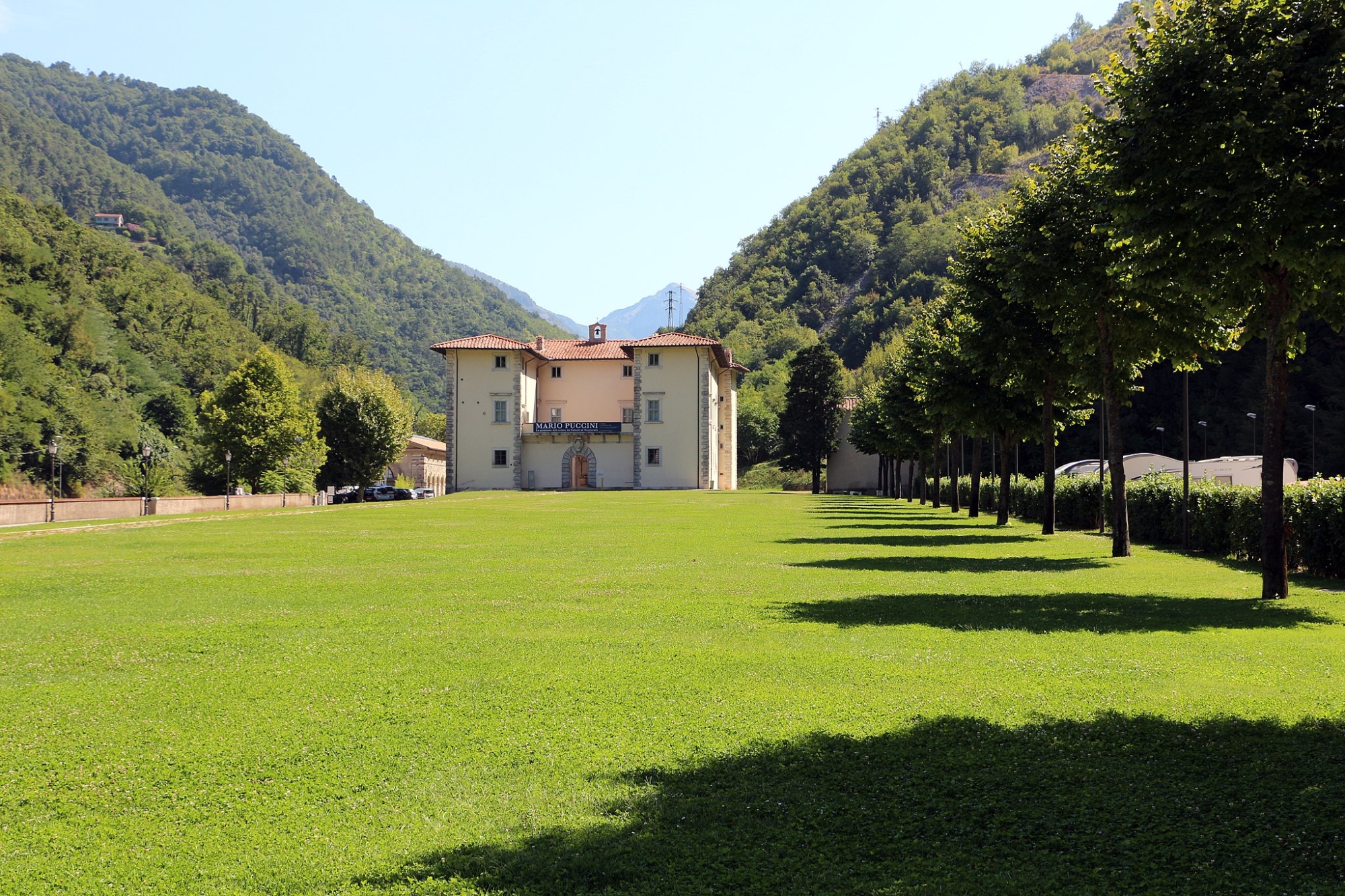
The Medici Palace in Seravezza is the first Unesco site one encounters when traveling along the Via Francigena in the direction of Rome. Elegant in its sobriety, the villa is set in a small valley and surrounded by a large expanse of grass, to which the peaks of the Apuan Alps soar in the background as a counterpoint. It was built in the second half of the 16th century at the behest of Cosimo I de' Medici, and the simplicity of the façade testifies to its primary function: rather than an actual stately home, the palace of Seravezza was intended to represent an defensive military outpost, also to be used as a resort and temporary residence during visits to local estates, such as marble quarries. The typical elegance of the Medici villas gives way to a fortified structure, a bulwark of Medici power in Versilia.
The mansion was declared a World Heritage Site in 2013, and is also part of the "Medici Villas and Gardens of Tuscany" site. The entire architectural complex includes the palace, stables, chapel and garden, and has been transformed into a cultural hub that hosts numerous initiatives each year, including modern and contemporary art exhibitions, photography shows, theater reviews and children's workshops. The villa is also home to the Museo del Lavoro e delle Tradizioni Popolari della Versilia Storica.
The medieval towns
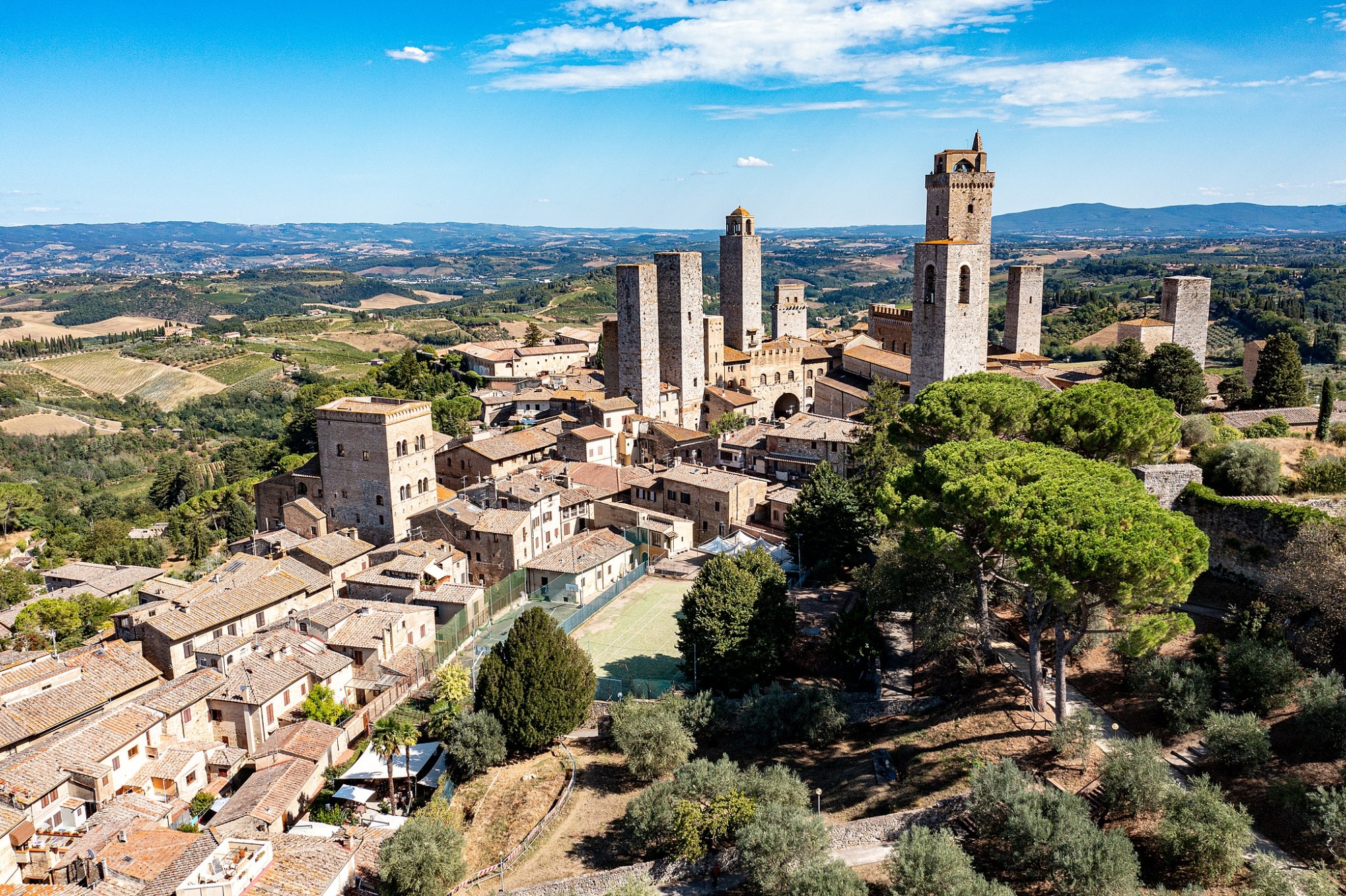
Along the way vistors then encounter cities of immense historical and artistic value, which have rightfully entered the list of World Heritage Sites.
In the heart of Tuscany, San Gimignano represents one of the most shining examples of a medieval village, with its towers rising skyward since the 13th century and small squares enclosed by fortified buildings. Every detail of the historic center seems to tell the story of San Gimignano, and keep alive the memory of a time when merchants traded in spices, Dante Alighieri visited the town, and Lippo Memmi painted his splendid Majesty.
The "Manhattan of the Middle Ages" has been a UNESCO site since 1990, declared so precisely because of the beauty it has preserved and its centuries-old importance.
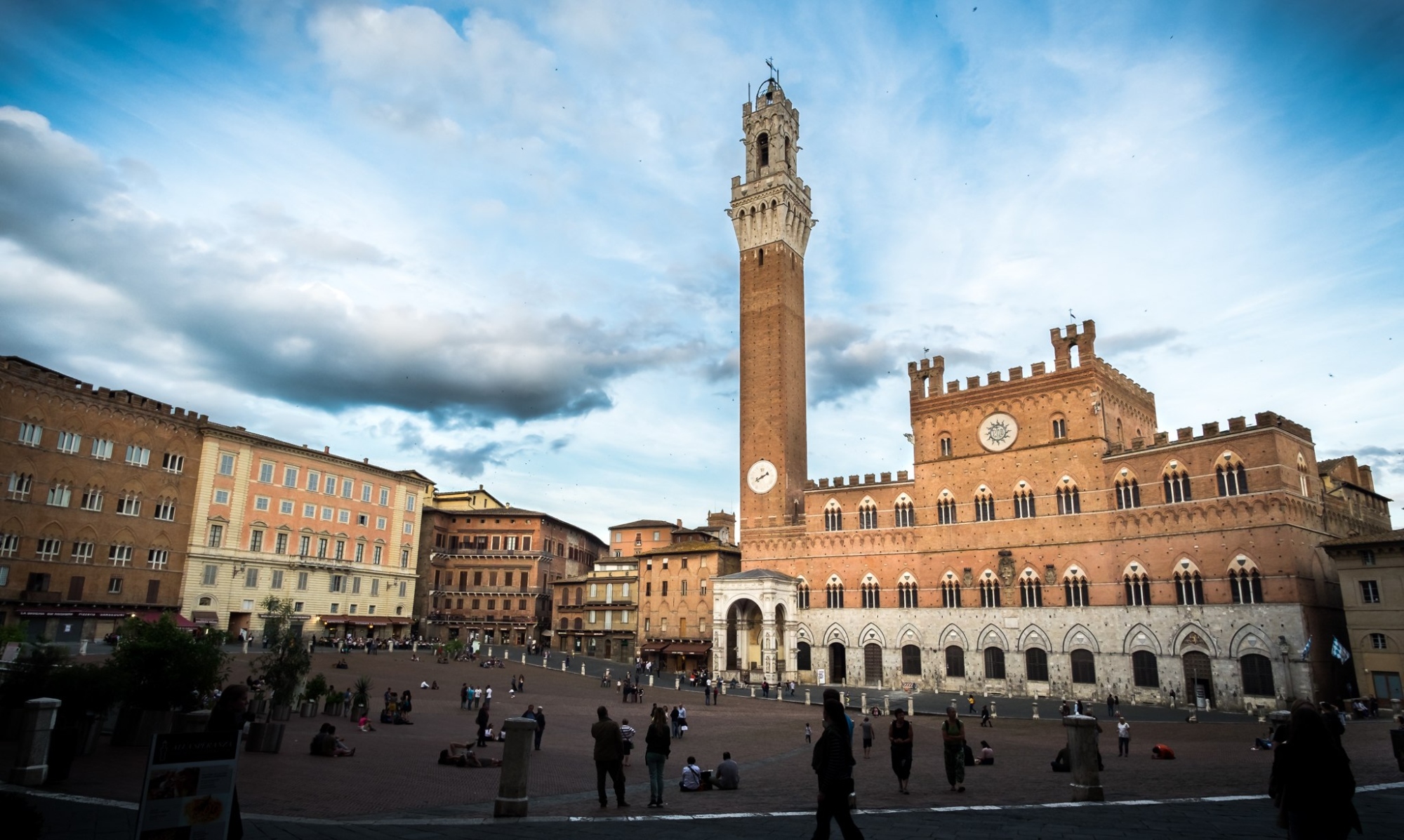
A short distance from San Gimignano, Siena's walls protect the beating heart of an iconic place, a perfectly preserved archetype of a medieval city designed to blend into the surrounding landscape. As you pass through the fortified gates, the city of Gothic reveals itself in all its splendor made up of tower-houses, palaces, pointed arch windows, arches and alleyways shrouded in partial darkness.
The genius from Siena gave birth to something unique that has been bequeathed to the world: in the halls of the Palazzo Comunale you can find the masterful masterpieces by Simone Martini and Ambrogio Lorenzetti; in the splendid Duomo you find - among many wonders - the famous marble commessi floor (commessi: technique of working marble and semiprecious stones consisting of the execution of representations or decorative motifs) designed by the masters of the Renaissance.
From the underground to the sky, Siena never ceases to amaze us: the water network (known as the "bottini") represents an exceptional work, still used today, and even the roofs, which overlap one another in an intricate tangle, represent one of the beauties of this city.
Precisely because of its architectural features, the great cultural flourishing that has characterized it and its excellent state of preservation, the historic center of Siena was declared a UNESCO World Heritage Site in 1995.
The cultural landscape
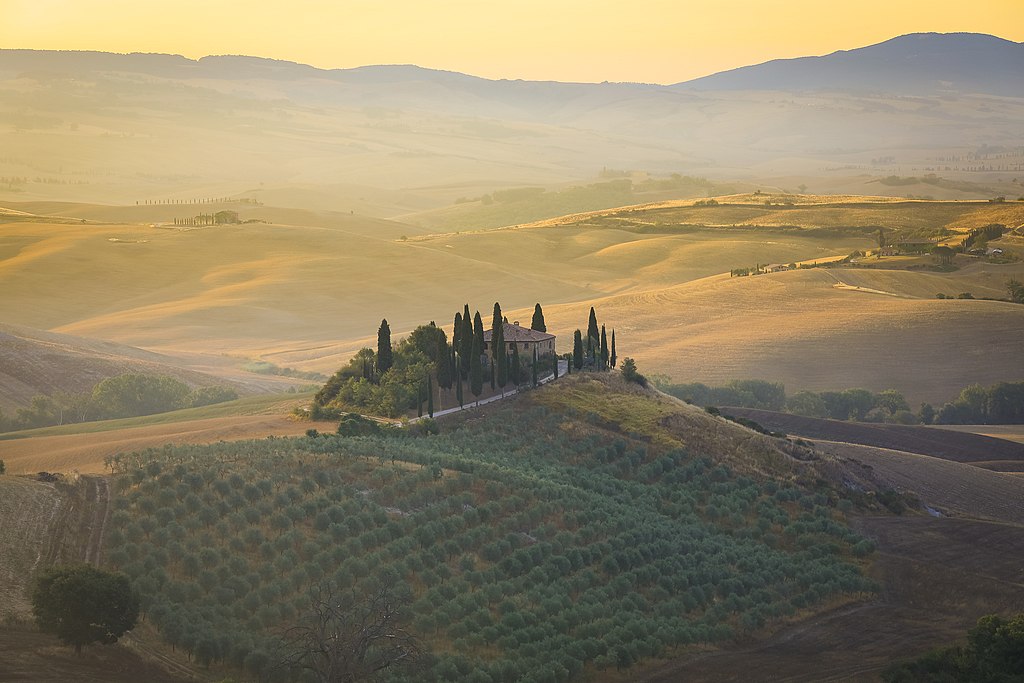
Continuing along the Via Francigena, visitors reach the southern foothills of Tuscany, where the Val d'Orcia stretches out: the views of still, enveloping beauty reaveal themselves to the eye. At the turn of the centuries just before the Renaissance, the hand of man redesigned the shapes of the landscape, so that these would meet the ideals (both political and aesthetic) of good governance, and thus giving rise to what has been called a “cultural landscape”.
The Val d'Orcia, often associated with long avenues of cypress trees, is a multifaceted territory that alternates between clay hills and green hills, to reveal its rougher side as you reach the region's borders, where forests thrive and deep gullies open up in the terrain. Accompanying the journey are the fortresses and fortified villages that rise up the hills, as well as the romantic country roads that lead to isolated farmhouses.
Since 2004, the Val d'Orcia has been listed as a World Heritage Site.
